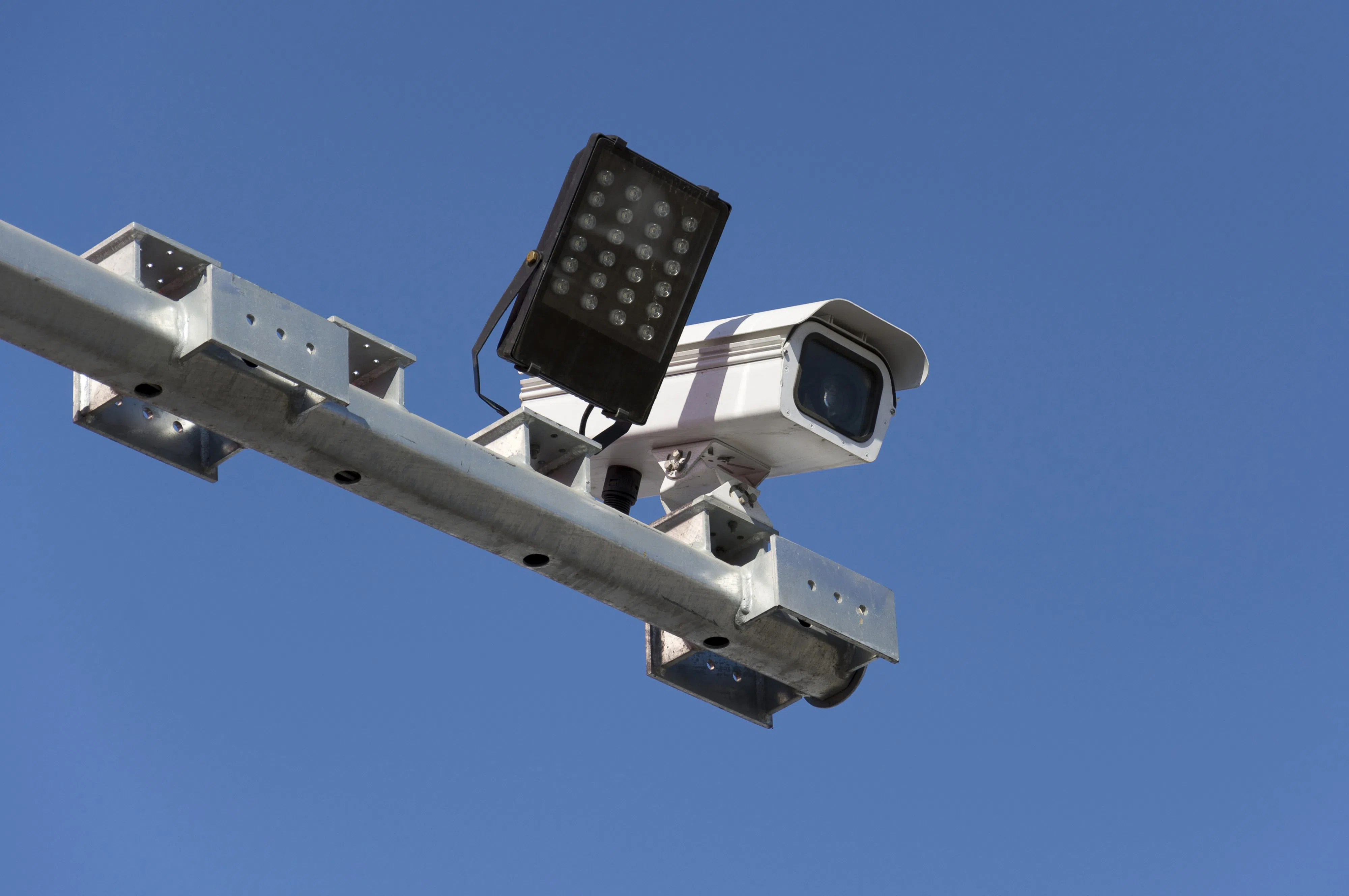
Traffic calming implementation ‘project specific’, Medicine Hat says as photo radar reduced
With Alberta’s government ending Automated Traffic Enforcement in select locations Tuesday, the City of Medicine Hat says traffic calming implementation will be project specific or will be driven by its traffic calming policy and procedure.
Alberta’s government launched a new $13 million Traffic Safety Fund for municipalities to upgrade local roads and intersections that pose demonstrated safety risks.
The new ATE Technology Guideline coming into effect will limit ATE jurisdiction to school, playground and construction zones in an effort to transition to alternative traffic calming measures.
Intersection safety devices will also be limited to red light enforcement only, eliminating “speed-on-green” ticketing.

